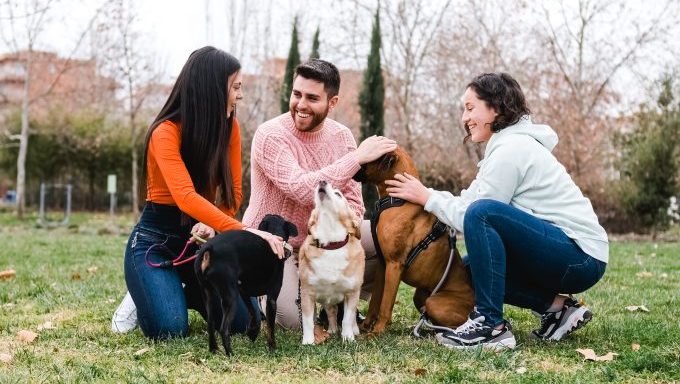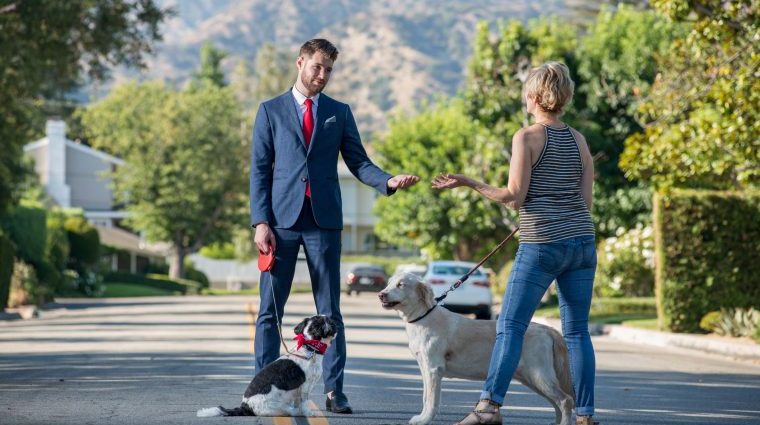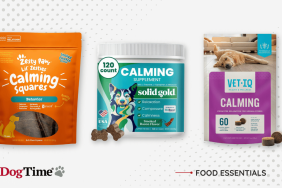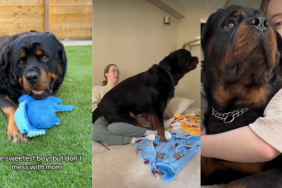
As a dog lover, it can be frustrating to witness someone neglecting or mistreating their furry friend. Whether it’s a dog owner who’s let their pup off the leash in a heavily trafficked area or someone who routinely leaves little “presents” from Fido on your front lawn, there comes a time when something must be said. However, confronting a bad dog owner can be a delicate situation that requires tact and understanding. We’re going to give your some tips on how to address a person who you think is a bad dog owner without turning the situation into, well, a dog fight.
Assess the Situation
Before you approach a person about their dog, it’s important to assess the situation and determine if there is a legitimate problem. For example, a dog barking excessively may not necessarily mean the owner is bad, but rather that the dog is not receiving enough exercise or attention. Additionally, some owners may not realize they are doing something wrong and may be receptive to constructive feedback.
Approach the Bad Dog Owner in a Friendly Manner
The first step in confronting a bad dog owner is to approach them in a non-aggressive manner. This means avoiding any confrontational or accusatory language, which can escalate the situation and make the owner defensive. The AKC recommends leading with a compliment: “Open the conversation with a compliment about how cute the dog is, how it has a sweet face, how it’s one of your favorite breeds.”
After you’ve introduced yourself and made some friendly small talk, share your concerns about their dog’s welfare. For example, you might say, “Hi, my name is John, and I noticed that your dog seems to be barking a lot lately. I’m concerned that he might be feeling anxious or bored.”
Share Your Observations
Once you’ve established a friendly rapport, it’s time to share your observations. Be specific and objective, and focus on the dog’s behavior rather than the owner’s actions. Use “I” statements. For example, you might say, “I’ve noticed that your dog has been barking for long periods of time, especially when you’re not at home” rather than “You’re not giving your dog enough attention.” This approach helps to depersonalize the situation and keeps the focus on the dog’s welfare.
Offer Constructive Suggestions
After sharing your observations, it’s important to offer constructive suggestions that the owner can implement to improve their dog’s welfare. For example, if you’ve noticed that the dog is barking because of boredom, you might suggest providing more toys or taking the dog on longer walks. If the dog is overweight, you might suggest a different diet or more exercise. If someone has their dog off-leash, you could share safety concerns and recommend a dog park where the pup can run freely without endangering others and violating leash laws. Be sure to explain the benefits of these suggestions and how they can improve the dog’s overall health and happiness.
Be Open to Discussion
Confronting a bad dog owner can be a sensitive topic, and it’s important to be open to discussion and feedback. Listen to the owner’s perspective and be willing to consider their suggestions or concerns. This approach helps to build trust and encourages the owner to take your feedback seriously.
Follow Up
After the initial conversation, it’s important to follow up with the owner to see if there has been any improvement in their dog’s welfare. If the owner has made changes, be sure to acknowledge and praise their efforts. If the situation has not improved, consider reaching out to local animal welfare organizations or law enforcement for additional support.
Take a Stand for Dogs
Confronting a bad dog owner can be a challenging situation, but it’s important to take action if you believe a dog is being neglected or mistreated. By approaching the owner in a non-aggressive manner, sharing your observations, offering constructive suggestions, being open to discussion, and following up, you can help to improve the dog’s welfare and prevent further harm. Remember to stay calm and objective, and focus on the dog’s well-being above all else.
This article was written in collaboration with ChatGPT.









